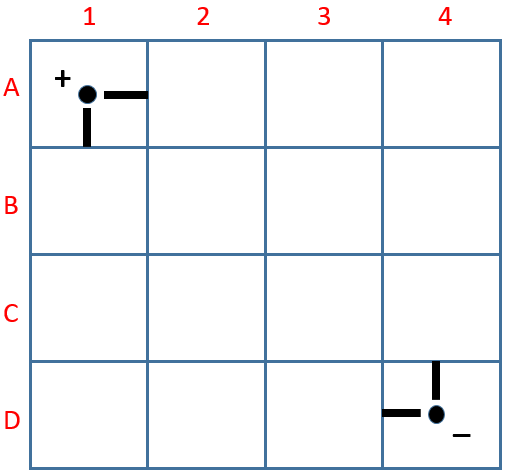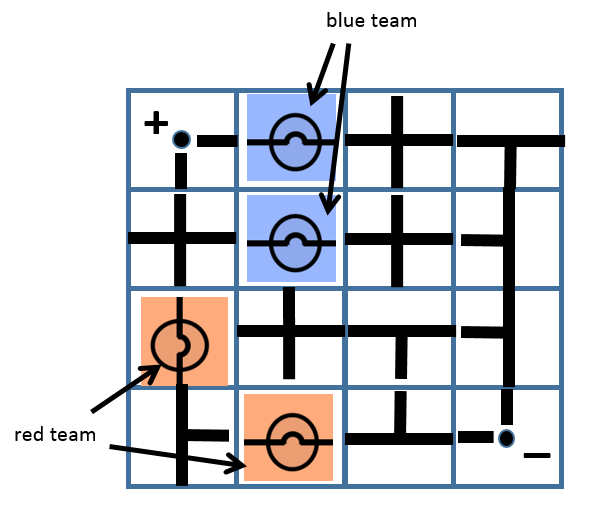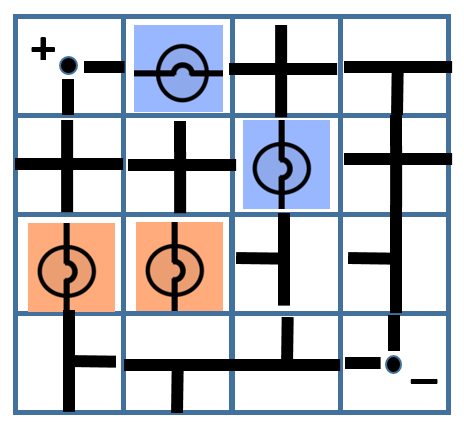GeoGebra link: https://www.geogebra.org/m/f7faw3r6
This simple Geogebra app allows students to observe the oscillation of a particle perpendicular to the direction of energy transfer.
the world in a different light
GeoGebra link: https://www.geogebra.org/m/f7faw3r6
This simple Geogebra app allows students to observe the oscillation of a particle perpendicular to the direction of energy transfer.
This Geogebra app allows students to explore how the position of the centre of gravity as well as the width of its base affect the stability of an object.
This animation is made using Geogebra. It shows the instantaneous velocity and displacement vectors of a particle undergoing simple harmonic motion while tracing its position on the velocity-displacement graph. It is meant to help student understand why the graph is an ellipse.
This simulation traces the flux linkage and corresponding emf generated by a rectangular coil rotating along an axis perpendicular to a uniform magnetic field. One is able to modify the angular frequency to see the effect on the frequency and peak emf generated.

https://ejss.s3-ap-southeast-1.amazonaws.com/faradayslaw_Simulation.xhtml

I modified “DeLight”, the board game that I designed a few years back into a worksheet version (for small groups) as well as a powerpoint version (that teacher can facilitate as a class activity, pitting half the class against another).
Worksheet: DOWNLOAD
Slides: DOWNLOAD
The objectives of the game is to reinforce concepts related to D.C. Circuits such as:
The worksheet and powerpoint slides contain a few examples that allow discussion on the above concepts based on some possible gameplay outcomes. For example, the following is a game where the blue team wins because the p.d. across each blue light bulb is twice that of the p.d. across each red light bulb.

In the following scenario, the game ended in a draw. Students may not be able to see it immediately, but the blue light bulb with a vertical orientation is actually short-circuited by the vertical branch on its right.

Feel free to use and/or modify the game to suit your own class needs.
I created this simulation for use later this semester with my IP4 classes, to illustrate the concept of phase difference between two oscillating particles.
https://ejss.s3-ap-southeast-1.amazonaws.com/phasedifference_Simulation.xhtml
Update (26 August 2020): I have also created a GeoGebra app to demonstrate the same principle.